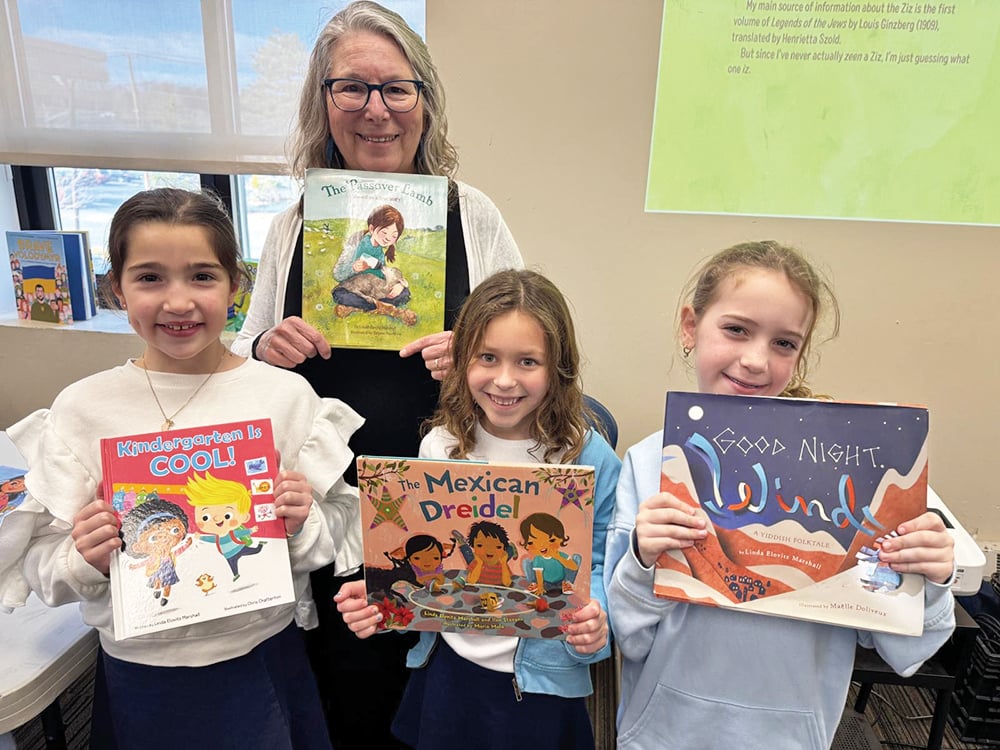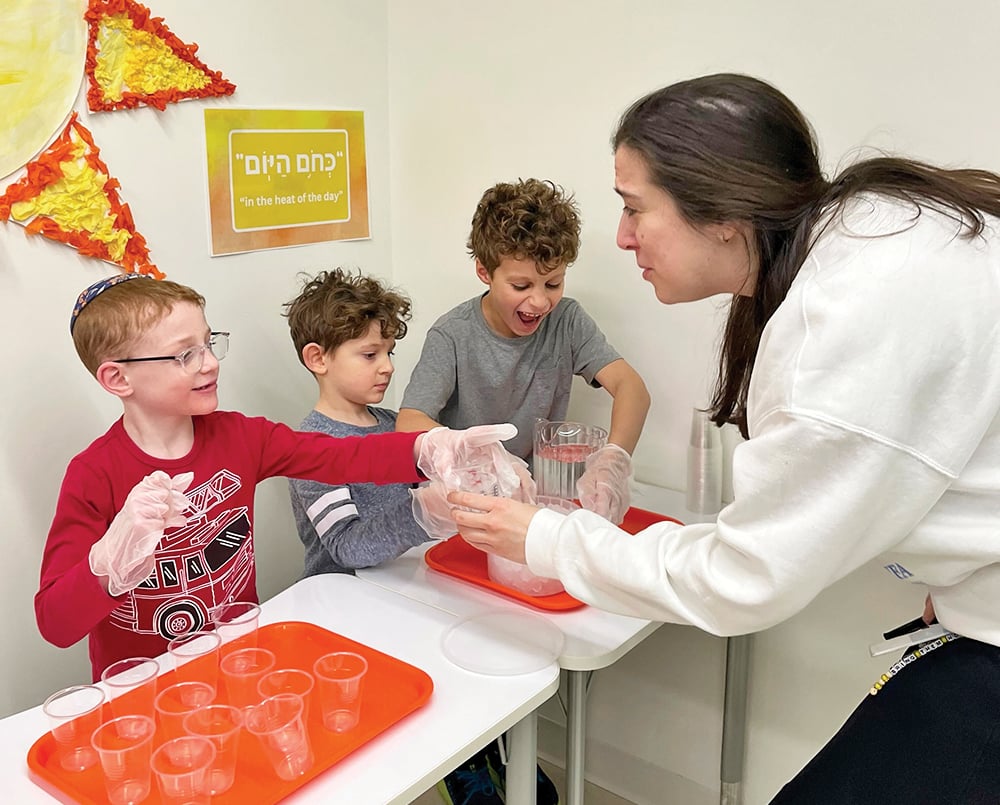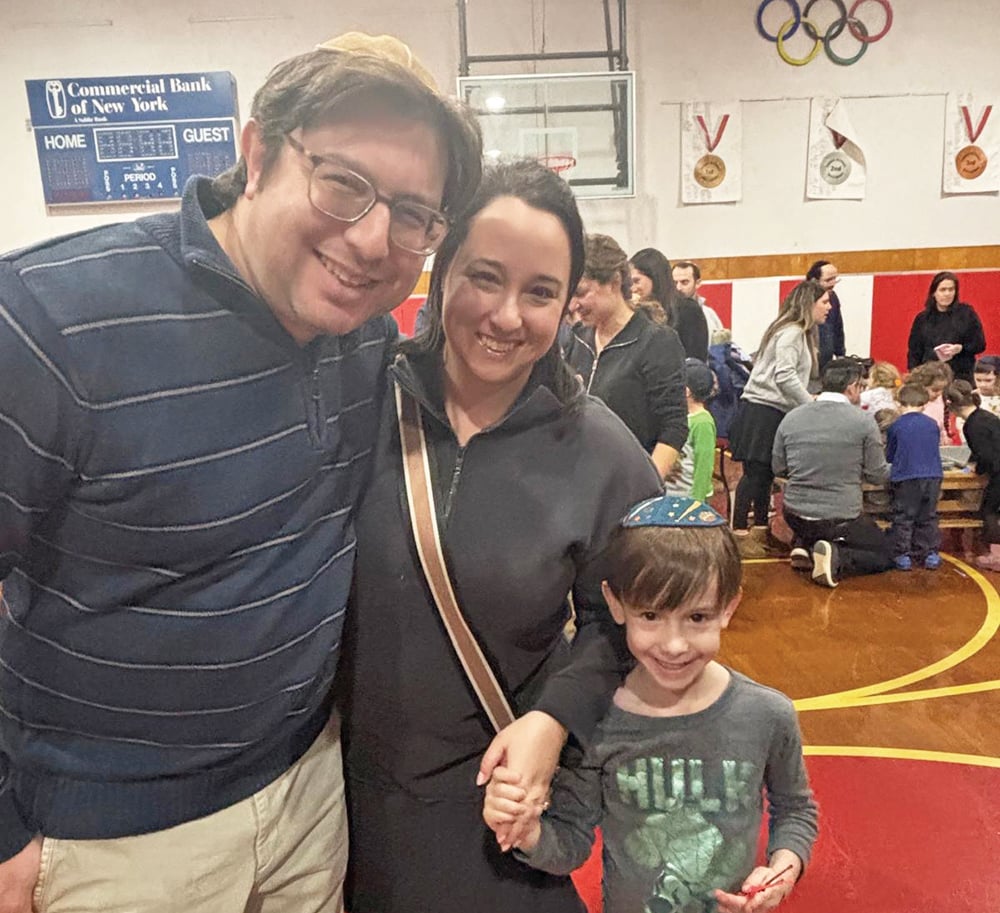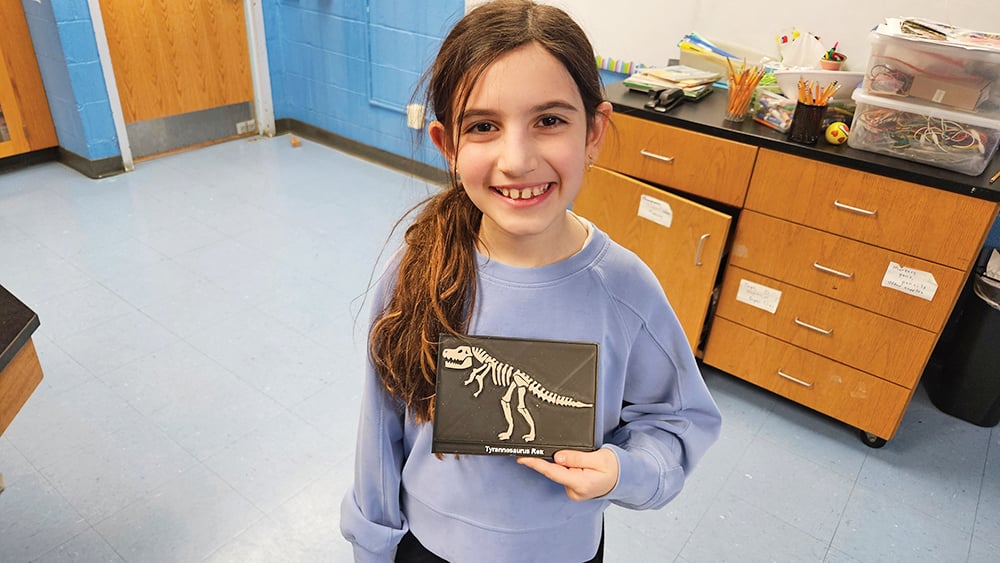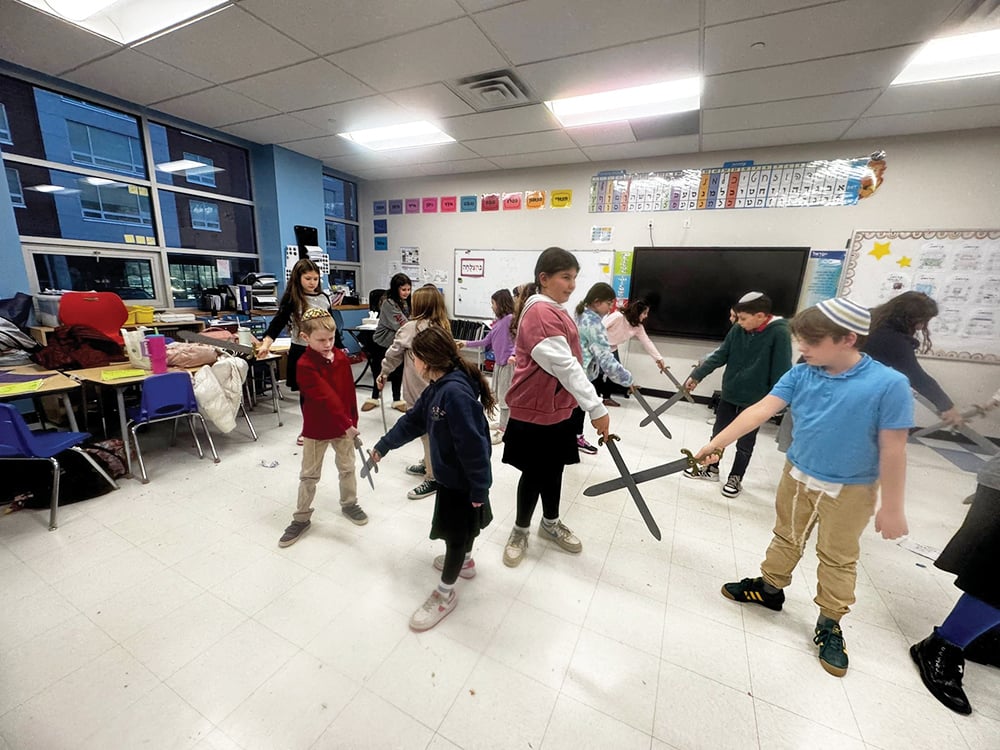
Miriam Skydell, an occupational therapist with 30 years’ experience, holds a master’s degree from NYU, with expertise in children with sensory processing disorders (SPD), autism spectrum disorders (ASD) and attention-deficit/hyperactivity disorder (ADHD). Her private practice, Miriam Skydell and Associates, utilizes a highly successful program model of child-driven therapy. About 10 years ago, after visiting an indoor bounce facility, a light “went on” in her head, she shared. Passionate in her determination to create an environment where children with special needs could access therapy and develop skills while engaging in a natural play environment similar to their peers’, she also observed that often the setting was too loud or overwhelming or they were unable to independently master the use of the equipment.
“I compare effective sensory processing to a functioning computer,” Skydell explained. “Information needs to be entered and stored in an efficient and organized manner in order to be able to retrieve the information and use it when needed. If a child is overloaded by sensory input, be it touch, sound, movement or visual, it can cause them to become overwhelmed.” They are then likely to respond with behavior such as avoidance, impulsivity, anxiety or escalate to a meltdown.
“If a child is not processing the input they are receiving, they will seek more and more until their brain and body take in the sensations,” Skydell continued. “My goal as a therapist is to input the information in a structured, monitored and safe environment, taking cues from the child so that they can learn to process the world in an efficient manner. In turn, their ability to interact with the demands of their environment—be it school or home—becomes more appropriate and functional.”
Skydell said that, as observed in her practice and supported by abundant research, children need to be motivated and happy in order to learn skills, communicate and interact with their environment and the people around them. “From years of working with children and their families, I have witnessed the positive impact that improved sensory processing has on every facet of a child’s life: behavior, anxiety, peer interaction and attention.”
So, what makes JumpTherapy® unique? Just about everything. “I created the model, and as far as I know there is nothing else like it,” Skydell said.
JumpTherapy® programs take place in an existing natural environment where kids love to play. Class size, maximum, is 12 children in a space that could accommodate over 100 children; it is operated by an occupational therapist and there is an assistant for every one to two children in the group. So even when children are not all on the same level and are not ready to experience the facility with the same intensity, there is always someone to support and encourage them on their own level.
“In addition to the six locations currently operating in the tri-state area, I’m super excited about our three newest locations, because each of our three locations is geared toward a slightly different age group and different functional levels,” Skydell shared. “JumpTherapy® at Lily and Liam is for children ages 2.5-5 years. This group focuses on sensory motor and movement experiences, and also offers this young developing age group the exposure to a multitude of exploration of sensory and symbolic play skills. It features a huge sand box made out of ‘rocks,’ a supermarket area, a miniature track with riding toys, enabling us to meet each child at their current level of social and language development.
“Jumptherapy® at Xtreme Energy caters to children 6-12 years who need and want more intense movement, or those we feel are ready to slowly master higher level motor skills. Xtreme Energy is a great place for us to help children with turn-taking, team work, impulsivity and frustration tolerance.
Jumptherapy® at Miriam Skydell and Associates, LLC, in Fair Lawn, is for children who need a smaller environment, with a bit more structure and less stimulation. Jumptherapy® is for children 2.5-5 years, but the group size maximum is five children. “Though it offers a variety of inflatable bounce houses and ball pits, this location offers us the flexibility to make frequent changes in the structure of the class, integrating a multitude of suspended and floor equipment often used in an individual session but utilizing it to promote improved social interaction and functional play,” said Skydell.
All classes and locations share the common goal of meeting the child at his/her level, helping to improve their confidence and skills, to reach for their optimum level of functioning and utilize what they have learned in all areas of their life.
Recognizing the importance of supporting the parents of special needs children,
JumpTherapy® offers a parent support group into all sessions. “Over the years I noticed the dynamic in the waiting area. Parents finished their child’s session and would often stay for most of another child’s session in order to speak and connect with other parents who understood and fully related to their situation.” This alerted Skydell to the importance and the level of support that parents were providing for each other, and the degree to which parents benefitted from each other’s support. “The informal support group allows parents to connect, share ideas and sometimes just have an hour to relax.”
Skydell noted that JumpTherapy® is not in-network with insurance, but the sessions are covered by insurance for those who have out-of-network benefits. Each participant receives an insurance-ready receipt at the end of every month. “For those with no out-of-network insurance, we offer a 20% discount, and we also offer scholarships when space is available.”
Since the program focuses a great deal on social skills development, consistency and continuity of participation in the group is key to its success. JumpTherapy® requires a minimum commitment of one month. Experience has taught, and most families understand, that the efficacy of good therapy requires some time to build and to identify progress.
To view their inspirational YouTube video Scary Mommy on Bounce Therapy go to: https://www.youtube.com/watch?v=kwohNAKwwz4
For information or to inquire about programs and openings, call (201) 794-7700 or visit the website: www.JumpTherapy.org




